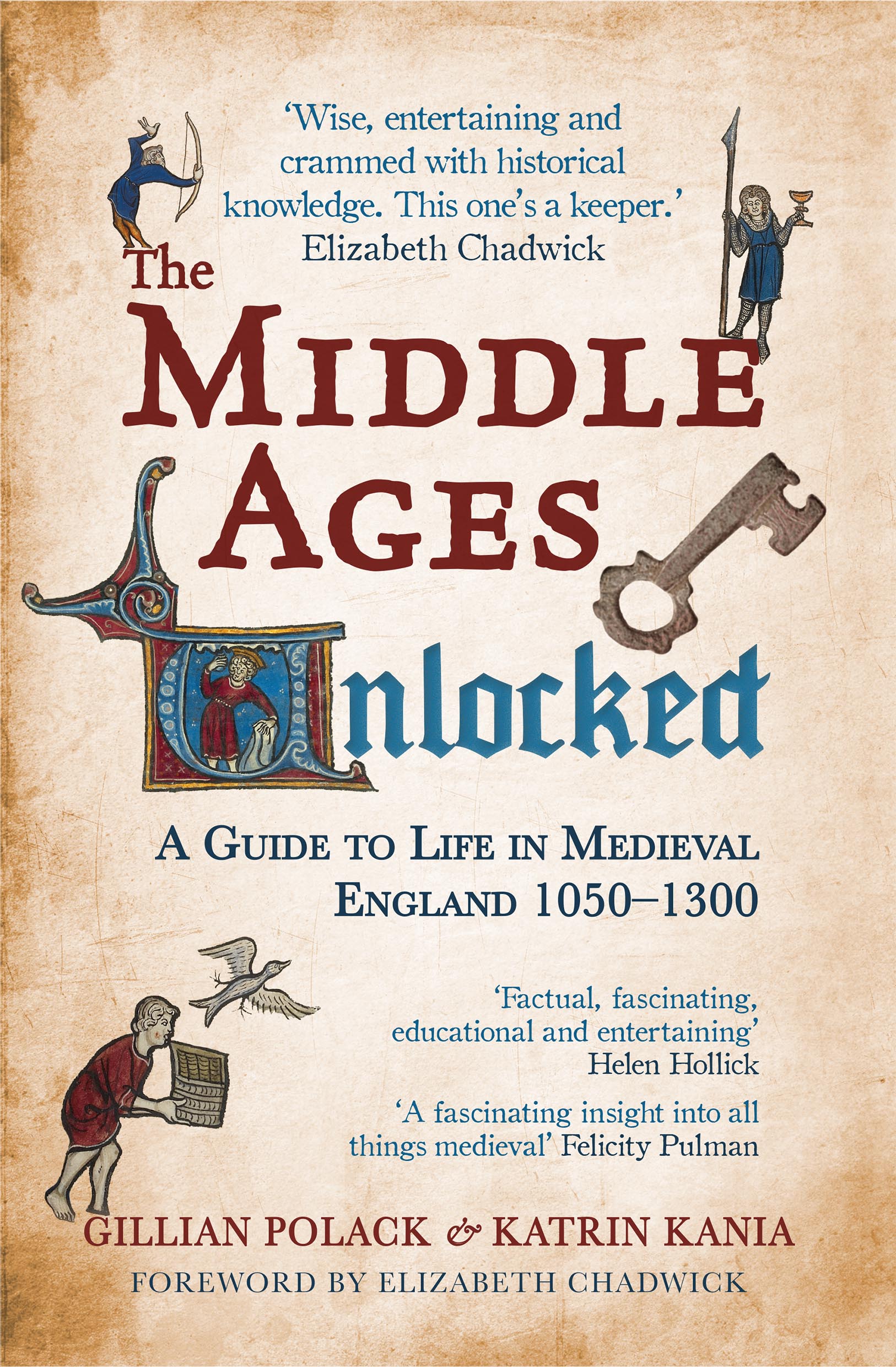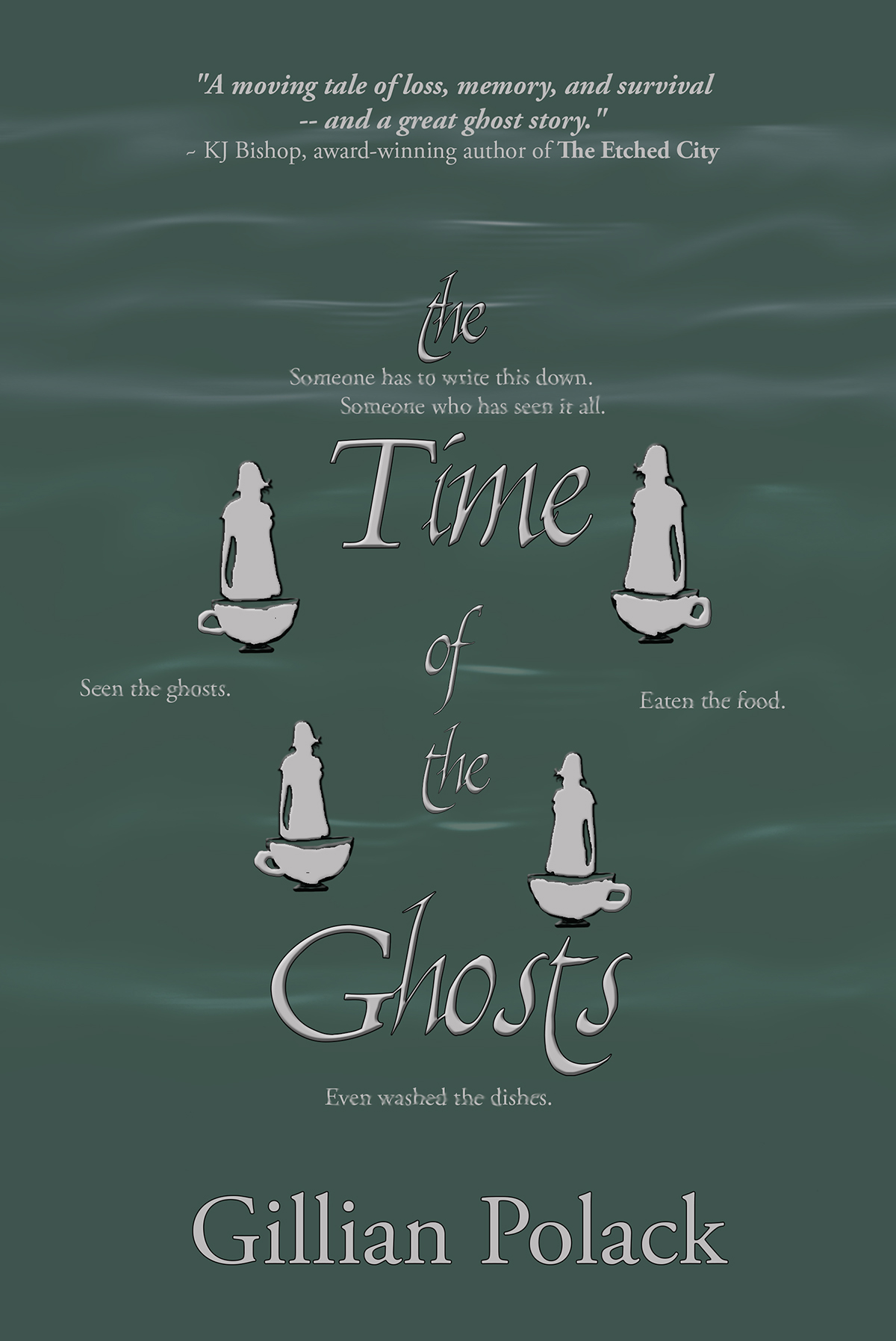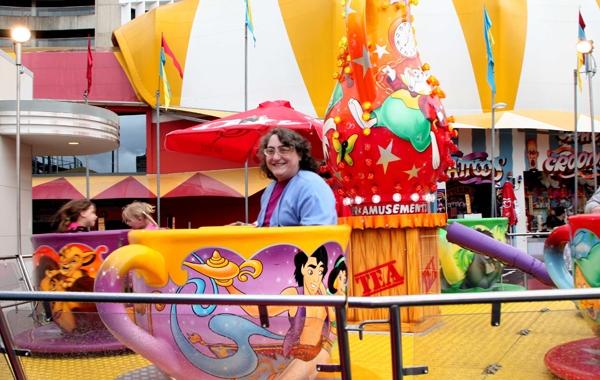The other day, someone said to me that Tolkien’s elves were the real thing, because he was a Medievalist and so he knew. I’m a Medievalist and I know, too, and what the real thing is depends so very much on where one is and what one is writing. I’m not at all certain that Tolkien would have liked to be told that the closest thing to his elves in Old French tales are the blonde fairies (with hair that is red-gold, like fine wire, and the palest of skins and the prettiest of rose colouring on their cheeks) in the Arthurian romances. They are not the stuff of folkdom. They’re not even terribly legendary. They’re the object of quests by knights who don’t quite fit at court. They have the best tents and the most beautiful horses and an unlimited number of handmaidens more beautiful than anyone else in sight apart from the fairy herself. They’re not that real. When I stop and think about Tolkien’s elves, they’re not quite as perfect, but they come close at times. They’re not perfect because they’re annoyingly “I know so much and don’t see why I should tell you.” Neither of them have wings.
These fairies are not the hidden folk of any of the various regions in Western Europe. They’re a literary construct. In fact they appear in the Marvel and DC of their time. I shall refer to the lead fairy (the one who the knight wins) as the Nick Fury of the magic realms from now on when I need to, on panels.

When we write about these Nick Furies, we write about idealised quest and adventure and everything is more than perfect.
The ancient gods were more common. They weren’t called the ancient gods in the Middle Ages, but the Latin texts all point it out, quite clearly. I blame Ovid, but that’s a long story and not quite suitable for this blog post. It might even be R-rated in spots.
Fairies were always called fairies: they might be called fauns, and satyrs and other folk beings. Demons and devils and their nicer equivalents were described by the Latin writers about such things as the pre-Christian gods, who weren’t really gods. The Roman pantheon didn’t quite leave, nor did the creatures and beings mentioned in the Talmud. They were still around. They’d been demoted, but they were still there. They served various functions in the running of the universe, but they had a certain nuisance value. “Don’t worship them,” everyone was told. “Strange powers and great beauty do not equal godhood.”
We don’t really know if your average peasant (I’m not sure there were average peasants, but that’s also another story for another day) thought about the ancient gods at all. Our evidence for them is in high literature, mostly written in Latin, just as our evidence for beautiful beings as fairies is mainly from the romances. Richard Dawkins would have an opinion on the old gods. “Don’t believe in them,” he would say, “It’s irrational.” It was his ilk who had opinions on them way back when.
So what did your average peasant (the non-existent one) believe in? England in the Middle Ages was strongly regional. More so even than today. We have bits of evidence from writers such as Gerald of Wales of what supernatural beings were around. Joshua Trachtenberg has written about the Jewish side of things and he tells us about lamias and diminishable demons. We don’t have much for the unlearned nor for Jews in England in the Middle Ages, but we have just enough to know that they had rich and wonderful beliefs.
How do I know all this? Because I research it, most recently for The Middle Ages Unlocked, which has just come out. And because I use it in my fiction. Melusine, in my new novel (The Time of the Ghosts), was inspired by Jean D’Arras and his tale of the Lusignan’s ancestral fairy. She doesn’t have spun-gold hair, and she’s only moderately beautiful. She is, however based on the fairies of the romances. I wanted to know what would happen if one of them were Jewish.

For the non-fiction I analyse and present what we know. For my fiction I shape and change it to meet my needs. What I did with my novel and my non-novel demonstrates really clearly how folk belief developed and changed in the Middle Ages and why we can’t pin it down and say “Look, universal belief.” Each writer wrote according to their own learning and views.
We only have written accounts and pictures. We know a surprising amount, but it changes according to the personality of the writer, whether they’re a Gerald of Wales (who can be delightfully snarky) or a Richard Dawkins (who doesn’t seem to ever quite “get” popular belief). The chapter in The Middle Ages Unlocked and the character in The Time of the Ghosts come from the same research, told in different ways. At the heart of our understanding of medieval magic, therefore, are the tales that were written in the Middle Ages and that we enjoy today.
We don’t just enjoy them: we re-tell them and we make up our own based on what we know and understand. And this, very sensibly, brings me back to Tolkien. He translated Gawain and the Green Knight and he wrote The Lord of the Rings: two sides of a very magical coin.

Gillian Polack is a speculative fiction writer and a historian. Among her publications are five novels, three edited volumes, two historical cookbooks, and The Middle Ages Unlocked. One of the novels (Ms Cellophane/Life through Cellophane) was a Ditmar Finalist, as was one of the anthologies (Baggage). She was awarded the Best Achievement Ditmar in 2010.
Her PhDs are in Medieval History and in Creative Writing and she claims she needs a third to “round things out.” This means that she also has academic publications. Her current research is mainly to do with how writers think of history and how they use it in their fiction, but she also has interests in genre, in Young Adult fiction and in matters historical.
Gillian is in demand at SF conventions largely because she carries chocolate and was the GUFF delegate in 2014. She currently lives in Canberra, Australia, which explains everything.









0 Responses